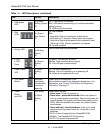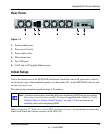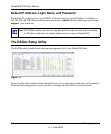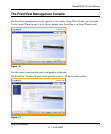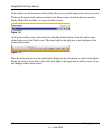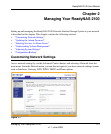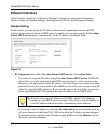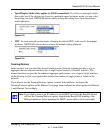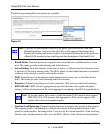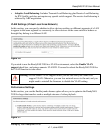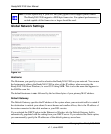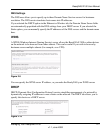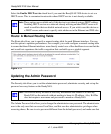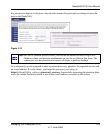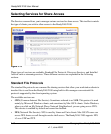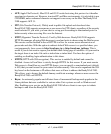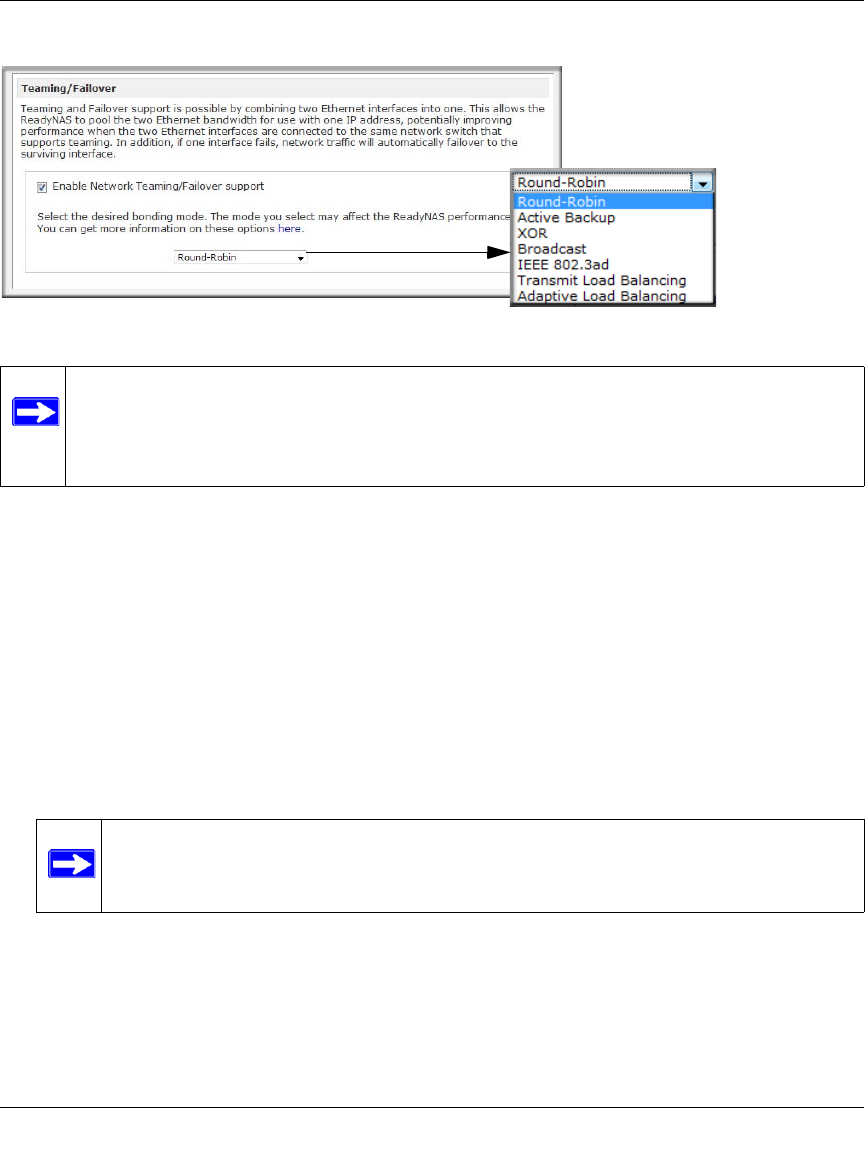
ReadyNAS 2100 User Manual
2-4 Managing Your ReadyNAS 2100
v1.1, June 2009
The following teaming/fail over options are available.
• Round-Robin: Transmit packets in sequential order from the first available interface to the
next. This mode provides load balancing and fault tolerance.
• Active Backup: Only one interface in the bond is active. A different interface becomes active
if, and only if, the active interface fails. The MAC address of the bonded interface is externally
visible on only one port to avoid confusing the switch.
• XOR: Transmit based on the default simple transmit hash policy (one, or the other but not
both). This mode provides load balancing and fault tolerance.
• Broadcast: Transmit everything on all slave interfaces. This mode provides fault tolerance.
• IEEE 802.3ad LACP: Creates aggregation groups that share the same speed and duplex
settings. Utilizes all interfaces in the active aggregator according to the 802.3ad specification.
• Transmit Load Balancing: Channel bonding that does not require any special switch support.
The outgoing traffic is distributed according to the current load (computed relative to the
speed) on each interface. Incoming traffic is received by the current interface. If the receiving
interface fails, another interface takes over the MAC address of the failed receiving interface.
Figure 2-5
Note: To get the full performance benefit of an option, provision servers with dual
Ethernet interfaces, and verify that the LAN switch supports the feature that a
ReadyNAS teaming option may require. A mismatch between the LAN switch and
a ReadyNAS teaming option could degrade the throughput of the ReadyNAS.
Note: To use this option, the switch to which the ReadyNAS connects must support
IEEE 802.3ad LACP dynamic link aggregation. If the switch supports this
feature, this is the recommended option.



